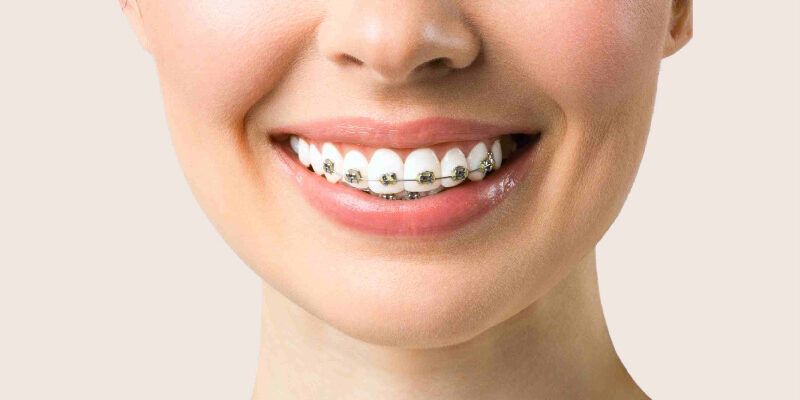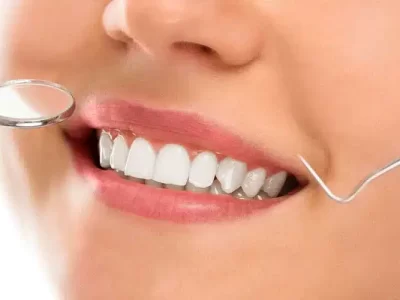Braces fix many dental conditions along with bite issues like overbite and underbite. Braces can also address crooked or misaligned teeth. They work by putting consistent pressure on an individual’s teeth and their jawbone. The pressure forces the jawbone to change its shape and the teeth to move from their original place to a new one.
The most traditional kind of braces include attaching brackets on one’s teeth and connecting them with wires. However, multiple other types of braces serve different purposes. You can contact a dentist in Drexel Hill, PA, to learn more about them.
What are the types of braces?
- Metal braces
Metal braces are the most known kind of braces, as they have been used for decades. They are traditional braces that include the use of brackets, elastic bands, and archwires to force one’s teeth to change their position gradually.
Each tooth will have a bracket bonded (glued) to it by an orthodontist, who will also layer a delicate, adjustable archwire on top of the brackets. Ligatures, also known as O-rings, are small elastic bands that keep the wire securely in place.
Your metal braces can be seen when you smile. If you want your braces to blend in with your teeth, you can get clear or tooth-colored ligatures. Or, if you are in the mood for something festive, go for ligatures with vibrant colors.
- Ceramic braces
The functioning of ceramic braces, also known as clear braces, is identical to that of metal braces. The main distinction is that your teeth will not show through the tooth-colored brackets, wires, and ligatures. Ceramic braces are less noticeable, but they are still visible. Ceramic braces have the disadvantage of being more brittle than metal braces, which increases the likelihood of them breaking.
- Lingual braces
Conventional braces and lingual braces are comparable. However, rather than the front surfaces of your teeth, they contact the backs. The majority of people who select lingual braces do so in order to conceal their braces from others.
- Self-ligating braces
Self-ligating braces resemble conventional metal braces in appearance. The primary distinction is that self-ligating braces use an integrated mechanism that locks the archwire in place as opposed to ligatures, which are tiny elastic bands.
- Clear aligners
They are also known as invisible braces. They work to make your teeth straight, just like metal braces, but they are removable, unlike metal braces. However, they are transparent and will not make a difference in your appearance. You are supposed to wear every set of aligners for at least two weeks.













Comments